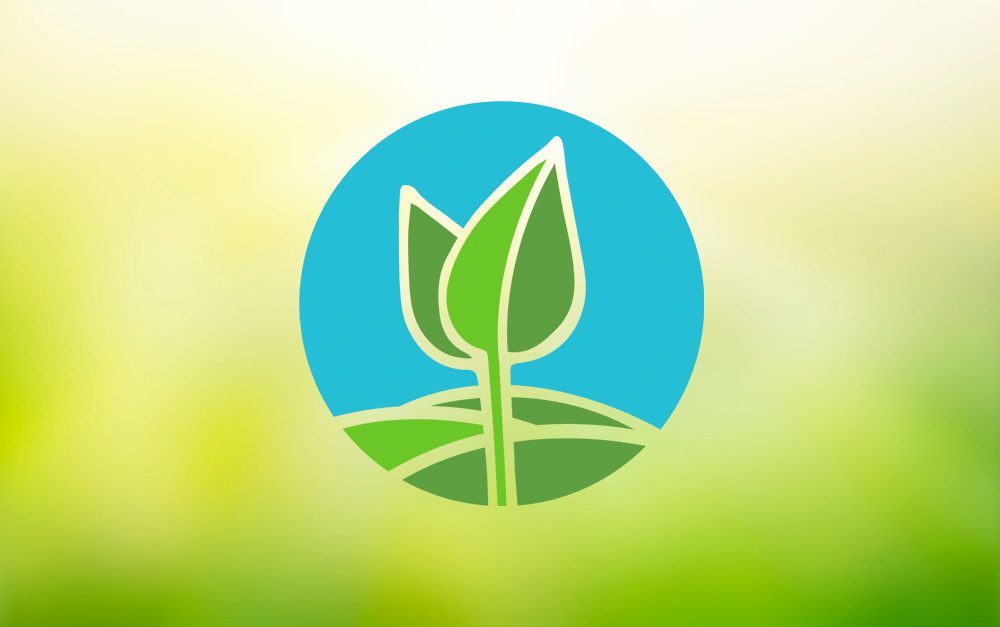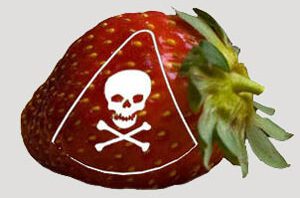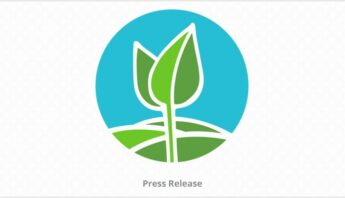For immediate release
September 13, 2010
Contacts:
Paul Towers, Pesticide Watch
Email: paul@pesticidewatch.org, Cell: 916-216-1082
Tracey Brieger, Californians for Pesticide Reform
Email: tracey@pesticidereform.org, Cell: 415-215-5473
Evidence from Florida Indicates Strawberry Pesticide May Contaminate Groundwater
Study shows chemical levels in water pose threats for children
SAN FRANCISCO, CA—Confirming concerns that the controversial toxic strawberry pesticide methyl iodide could contaminate groundwater if used in agricultural fields, new evidence from Florida shows one of the pesticide’s breakdown products present in groundwater at levels that pose threats to children. Air monitoring demonstrated the presence of the parent methyl iodide at levels far exceeding those that many scientists deem even marginally safe. The California Department of Pesticide Regulation (DPR) is currently considering whether or not to approve the strawberry pesticide for widespread use in California in the coming weeks.
As a condition for registering the pesticide in Florida, Arysta LifeScience—methyl iodide manufacturer and the largest privately held pesticide company in the world—was obligated to conduct air and groundwater monitoring after field applications in the state. Consultants hired by Arysta to conduct monitoring recently revealed in their report that iodide, a breakdown product of the pesticide, was found in Florida groundwater near a field fumigated in 2008 and 2009 at levels that ranged from 0.12 to 0.15 mg/L, substantially above typical levels of iodide in fresh water or sea water. The results cast serious doubt on growers’ ability to use methyl iodide without contaminating groundwater.
The levels of iodide found in Florida groundwater exceeded levels considered safe for children. Children drinking water with this level of iodide contamination could receive 1.2 times the tolerable upper limit of iodide exposure defined by the Centers for Disease Control and the National Academy of Sciences of 0.20 mg/day. Excess iodide exposure is associated with pre- and post-natal developmental toxicity and autoimmune thyroid disease, and possibly impairment of childhood cognition and postpartum depression. Healthy children with no iodine deficiency are assumed to be getting the recommended daily intake (RDI) amount in their diets on a daily basis. Any added iodide from contaminated groundwater would be on top of normal dietary iodide and would result in exceeding the 0.20 mg/day standard.
The findings affirm a California Regional Water Resources Control Board – Central Coast Region letter written earlier this year, citing concerns of proposed groundwater contamination:
We are opposed to registering Methyl Iodide as a fumigant given it is a known carcinogen, neurotoxin, and thyroid disruptor, has ability to cause spontaneous abortion late in pregnancy, and its use as a fumigant poses risk of groundwater contamination because of its properties and the way it will be used—widespread applications to strawberry fields.
“An ounce of prevention is worth a pound of cure. It would be foolish to knowingly poison our groundwater, create enormous clean-up bills and risk our children’s health for generations to come,” said Paul Towers, State Director of Pesticide Watch Education Fund. “The study supports what scientists have been telling officials all along: methyl iodide cannot be controlled once released into the environment. Combined with the chemical’s high toxicity, it should be a no-brainer for DPR to refuse its use in California.”
The report also indicates that the air near fumigated fields contains methyl iodide at levels posing health risks to community residents and farmworkers in nearby fields. Air monitoring results from Florida showed an average air concentration of methyl iodide at a 30-foot buffer boundary during the first 24 hours after application to be 9 parts per billion (ppb), or 30 times higher than the 0.3 ppb concentration deemed to be marginally acceptable by the Scientific Review Committee, a peer–review committee of independent scientists who reviewed DPR’s risk assessment of methyl iodide. The maximum air concentration measured between 4 and 8 hours after application was 37.5 ppb, or 125 times the 0.3ppb level that these scientists recommend as a maximum exposure limit to prevent fetal death.
“These methyl iodide air levels were found even though the field was covered with the special type of tarp (called Virtually Impermeable Film ) that DPR is counting on to control exposures ,” said Anne Katten, Pesticide and Work Safety Specialist at California Rural Legal Assistance Foundation. “While larger buffers would be required in California, the Florida monitoring also found levels over 2 ppb (about 8-fold higher than the 0.3 ppb level scientists deemed marginally safe) after buffer zones would have expired.”
The Arysta-funded air and water monitoring report from Florida can be downloaded at http://dl.dropbox.com/u/491851/IR1_MIDAS_004-11437-00.pdf.
Methyl iodide would be used primarily on California’s strawberry fields. Despite the claims that it would not be possible to grow strawberries without methyl iodide, organic growers across the state do so successfully every year.
A Washington State University study released earlier this month showed that organic farms produced more flavorful and nutritious strawberries while leaving the soil healthier and more genetically diverse than conventional strawberry farms (http://www.eurekalert.org/pub_releases/2010-09/wsu-sfc082510.php). Recently, Washington state refused to register methyl iodide as a soil fumigant based on findings in California’s review of methyl iodide toxicity.
# # #
Available for interviews:
Jeannie Economos, Farmworker Association of Florida, 407-886-5151, farmworkerassoc@aol.com,
Bill Hamilton, Southern Horticulture, 904-471-0440
Anne Katten, Pesticide and Work Safety Specialist, California Rural Legal Assistance Foundation, 916-446-7904 x 19, or cell 916-204-2876, akatten@crlaf.org.
Susan Kegley, Ph.D., Consulting Scientist, Pesticide Action Network North America, 510-759-9397, skegley@pesticideresearch.com.
Kathryn Gilje, Executive Director, Pesticide Action Network North America, 415-235-9437, kat@panna.org







